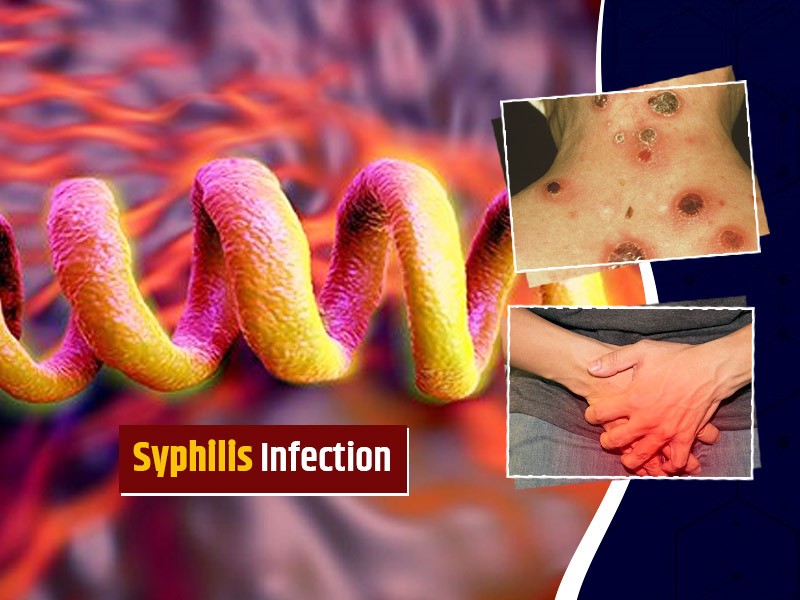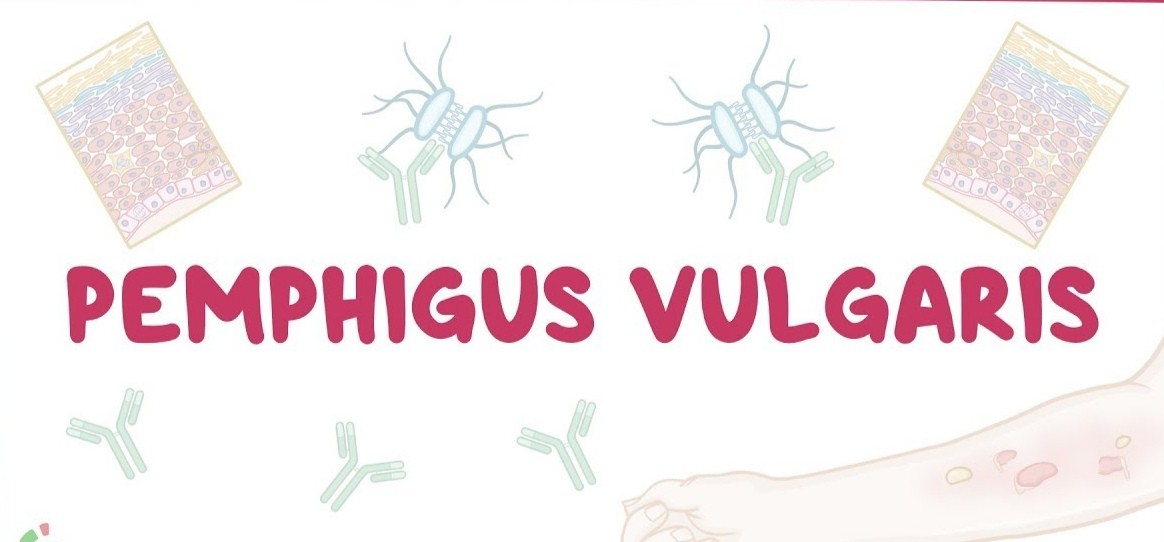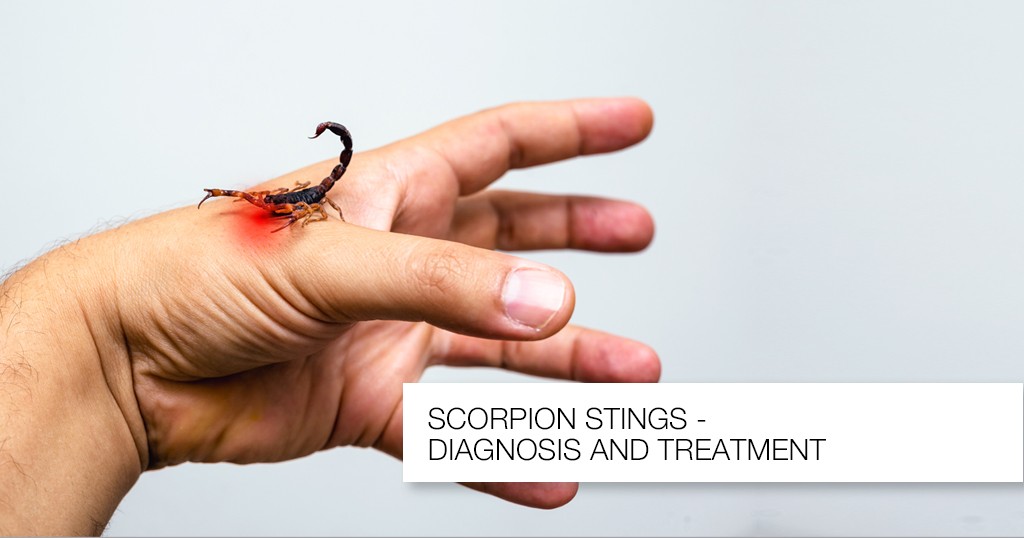Published - Sat, 14 May 2022

6 Yoga asanas that may help you to lose your belly fat
Obesity is a common problem in today's modern lifestyle. That's
why today we will tell you about such yoga asanas, by which you can reduce the
fat stored on the body fast along with staying healthy.
In today's hectic lifestyles, people who do not have time to go to the gym and exercise for hours, they can easily do this yoga in their home. Even today, yoga is the most effective and reliable method of nourishing and toning one's body in a holistic sense.So let us know those 6 yoga asanas which will help us in reducing belly fat at home. · Tadasana (Mountain
Pose) - Tadasana shall be done for 10-20 seconds at a stretch. Do this asana 10 times in a day.
· Surya Namaskar (Sun Salutation) - You can do 11 cycles of Surya Namaskar per day.
· Padahastasana (Standing Forward Bend) - Hold this position for 15-30 seconds. Do Padahastasana 2-3 times in a day
· Paschimottanasana (Seated Forward Bend) - Do this asana 5 times on each side.
· Pawanmuktasana (Wind Relieving Pose) – Hold the position for 30 seconds, do 5 times in a day.
· Naukasana (Boat Pose) – we can do this asana 4-5 times in a day.
Created by
Comments (0)
Search
Popular categories
Latest blogs

All you need to know about Syphilis
Tue, 15 Nov 2022

What is Pemphigus Vulgaris?
Tue, 15 Nov 2022

Know about Scorpion Stings
Sat, 12 Nov 2022

Write a public review